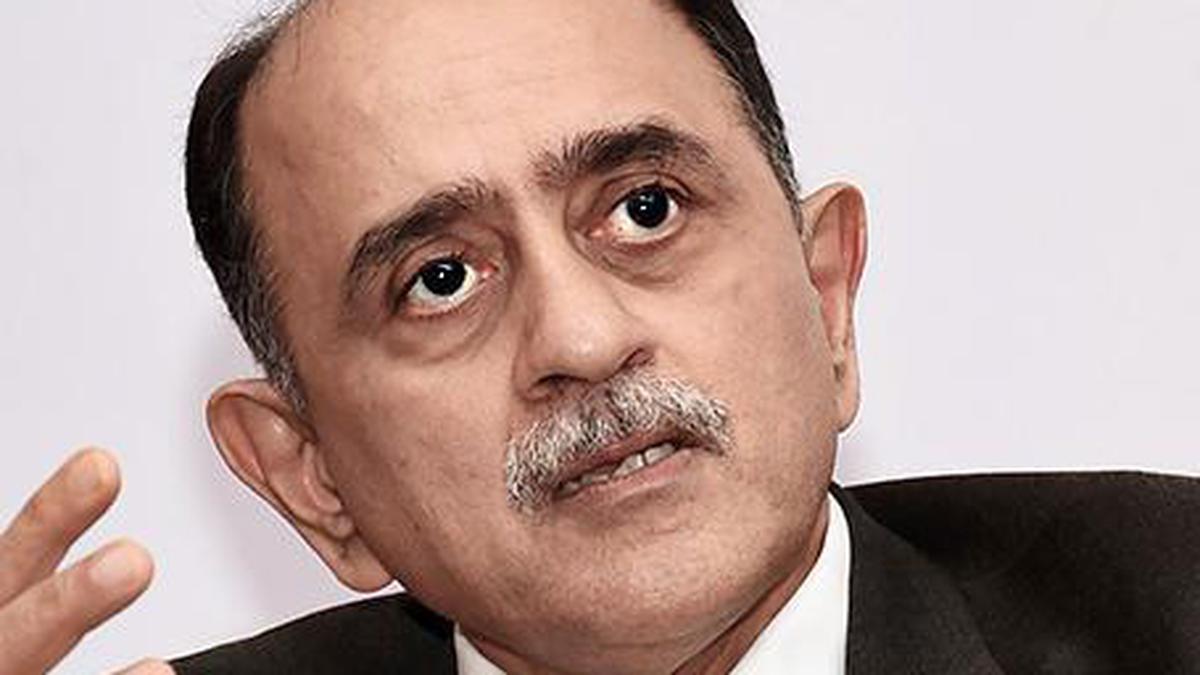Beauty of banking is in making it boring and dull: Shyam Srinivasan, Federal Bank CEO
Raul Dravid is the one whom I look up to and when you think of him the main thing is consistency and predictability. That’s the beauty of banking is the more you make it dull and boring. Some layering up based on opportunities that come or some wrinkles may come up. For instance, in Q4 if you peel off the pension impact, it was our best ever quarter. We’re trying to make the missionary in such a way that the core is humming along every day consistently. If that happens predictability and sustainability should be there. I’m happy that the commitment made on ROA expansion is happening and through this we had an opportunity to raise capital twice; once when IFC came in as an investor in the middle of COVID and then in 2023 we did QIP.
What part of the balance sheet would you call as core?
Our core balance sheet just crossed Rs 3 lakh crore and our overall business is Rs 4.6 lakh crore. Slice it by geography or product or segments, you will find no significant concentration risk. Traditionally, we were only secured which was good, but it is not highly margin accretive. So, we entered retail unsecured. We first did pre-approved digitally originated loans to an existing client of the bank. Then, we wanted to make sure that the origination and the collections are not difficult at the same time. FY24 are the first full year where the credit card machinery was tested both on origination and collection. The environment as regulators needs us to be watchful. Hopefully in FY25 and beyond, things should open up.
RBI recently curbed your third party tie ups on cards. How would this pan out in FY25?
The regulations required us to meet certain standards after the co-branding circular came out. Those have yet to be accomplished. We will be putting in our submissions to RBI soon.
You were among the first banks to test the partnership model with fintechs. Would you still stand by the model?
Partnership is a good model for midsize banks. It helps us with reach. Secondly fintechs they have certain styles of thinking which pushes us as a bank to revisit what we do to stay relevant. Thirdly, the technology that we need to offer to the client must be on our platform and therefore there is an investment in technology and our core platform gets upgraded. When we started 3 – 4 years back, the regulations were not that tight; fintechs were in an adventure zone. While partnerships need not dominate our business, the reasons why we want to do it don’t disappear, as long as the guardrails are in control.
Some of your larger peers are at 4 – 5% profitability. What would be your target on this front?
I would like it to be a 4% NIM bank, but we have to be honest about it. Cost of deposits has gone up. So the best and clearest way of expanding NIM is getting higher yield on advances. Here’s the catch. Even if the next Rs 50,000 crores of incremental credit (that’s 20% growth) come at a blended yield comes at 10% plus, the book will not dramatically increase from 9.6% yield to 10.5% in 1 -2 years. NIM should go from 3.21% to 3.3% over two years if the costs don’t change dramatically.
What’s your guidance on cost to income ratio considering that FY24 saw a one-off surge?
We would have liked it closer to 48 per cent, but that’s a tall ask for two reasons. One is the one-off and second, we added more branches that planned. We targeted about 75 – 80 branches and added 145 branches.
We saw the environment and the opportunity to scale up becoming even more paramount with the deposit war that is going on. Second is the reach. In geographies that we are less prominently known branch expansion becomes important. Third is that we have now created the model which gives us comfort between gold loan, deposits, business banking and microfinance. Our model helps us work in the local catchments and turn profitable in 12-18 months. If that holds for the next 18 months, the model is working perfect. So, there’s an element of cost due to branches and technology and both are good costs. Between 50 – 52 per cent could be a reasonable cost to income ratio which will trend down as efficiency kicks in.
What does the idea of being a preferred partner mean to the bank?
In corporate and commercial banking, if you go out and give the lowest rates, chances are you will get the customer. If you’re a preferred partner or a transaction service provider, they start using other capabilities of the bank. This may include employee accounts, vendor accounts and supply chain connections. So we are trying from being a lender to a banker.
